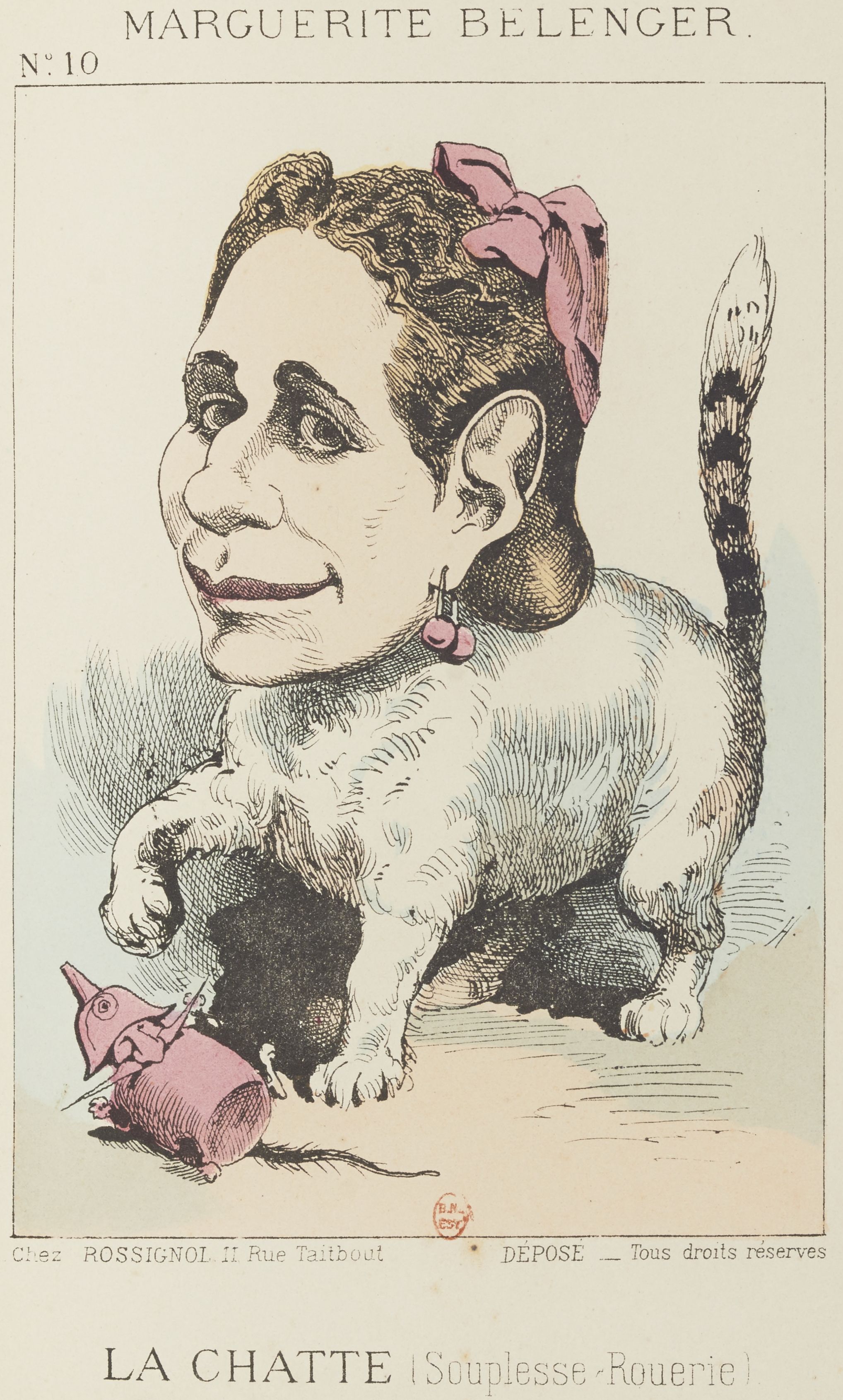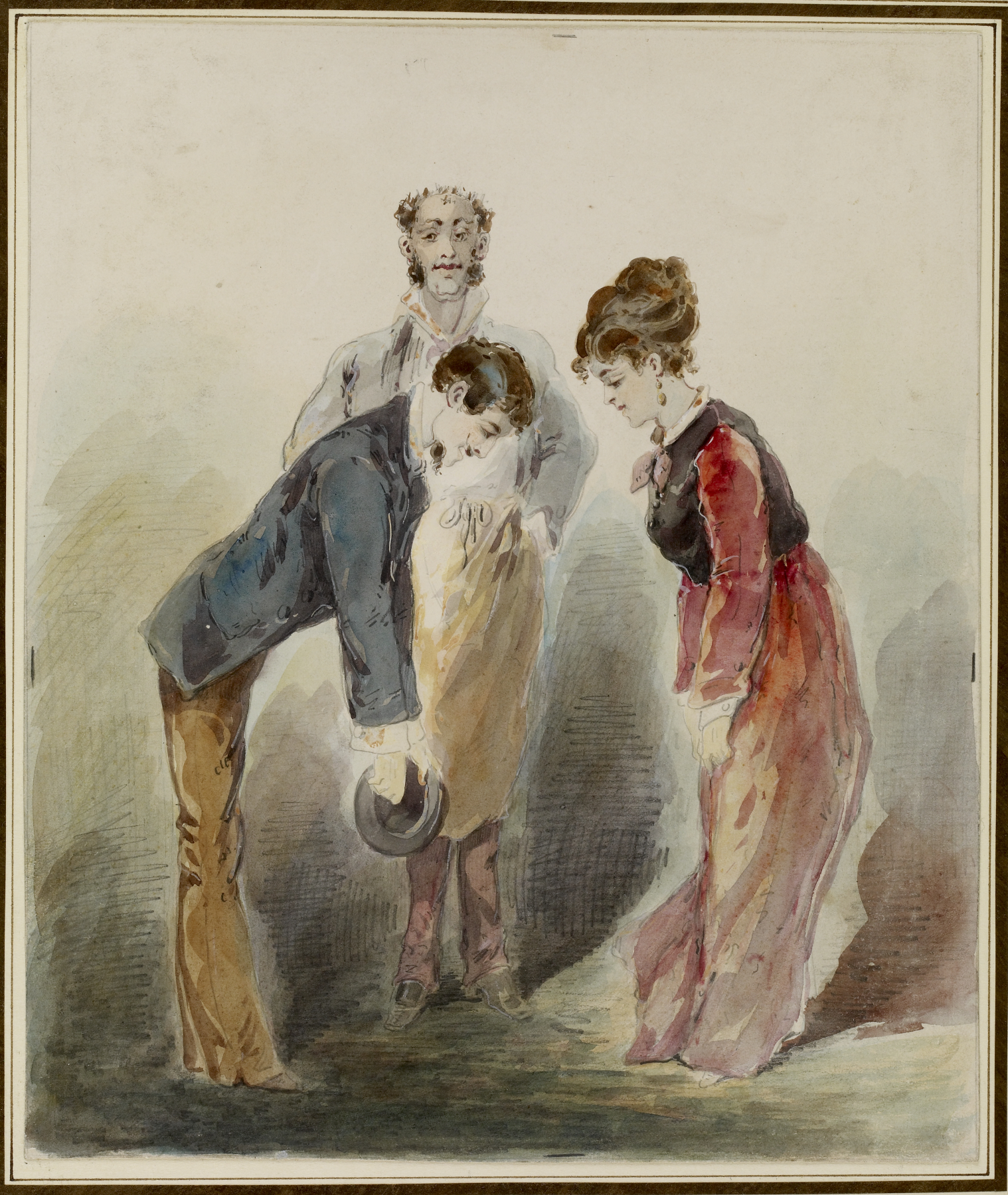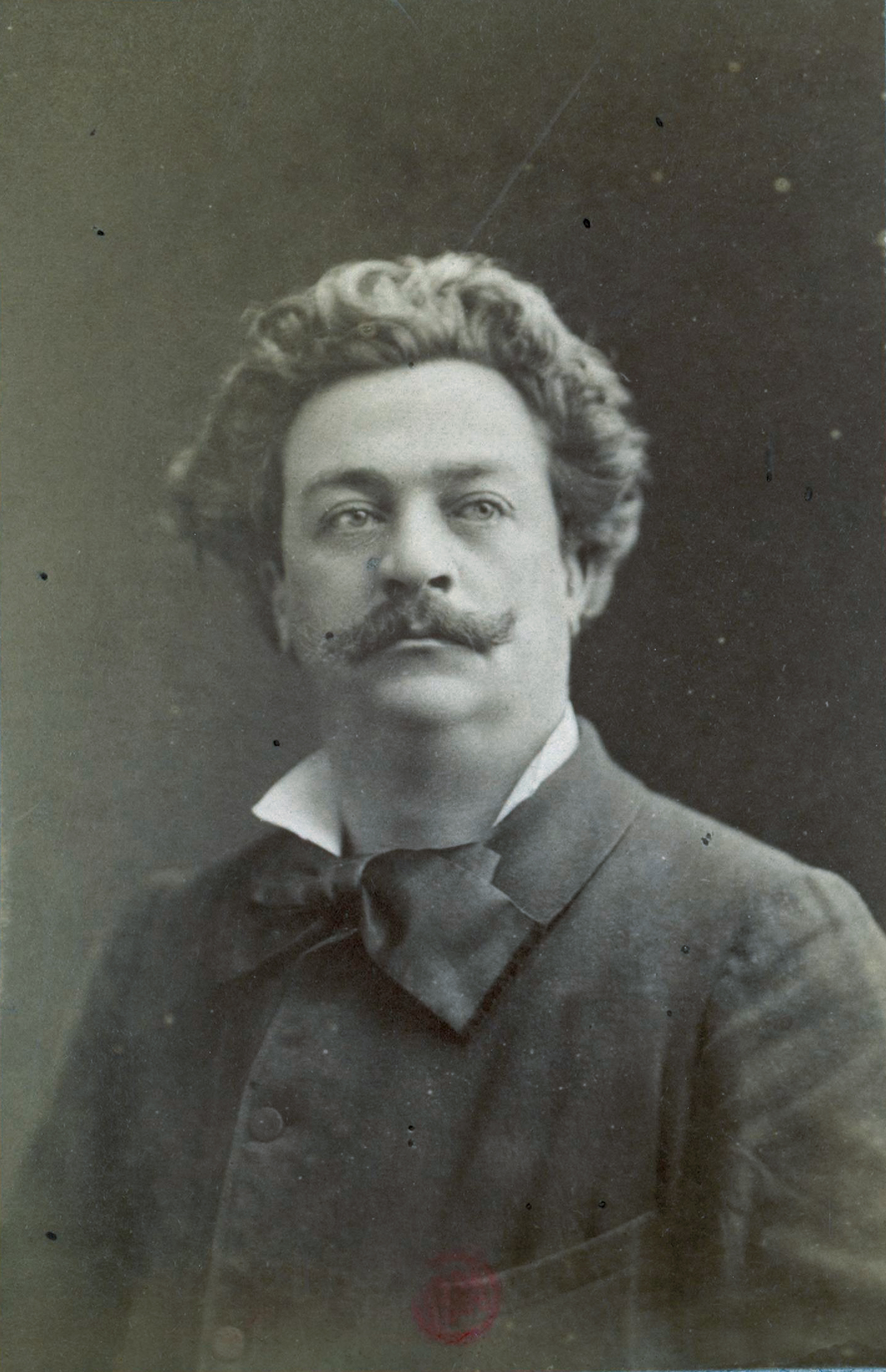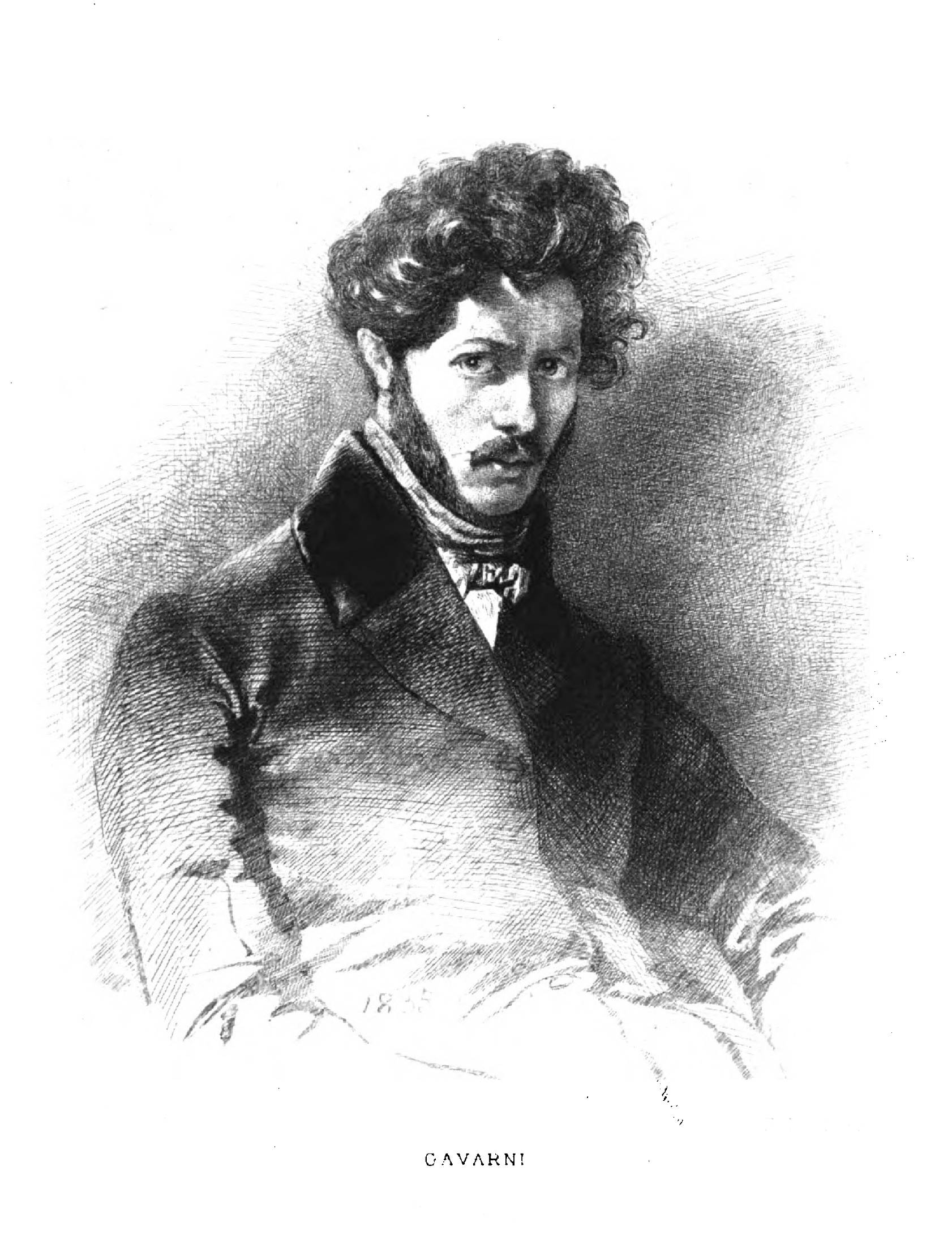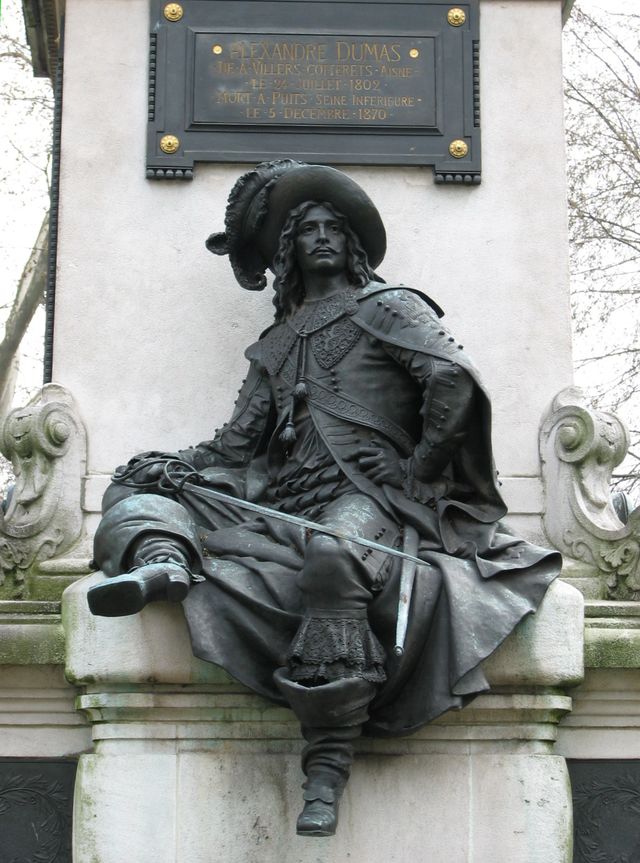|
Le Charivari
''Le Charivari'' was an illustrated magazine published in Paris, France, from 1832 to 1937. It published caricatures, political cartoons and reviews. After 1835, when the government banned political caricature, ''Le Charivari'' began publishing satires of everyday life. The name refers to the folk practice of holding a charivari, a loud, riotous parade, to shame or punish wrongdoers. History and profile ''Le Charivari'' was started by caricaturist Charles Philipon and his brother-in-law Gabriel Aubert to reduce their financial risk of censorship fines. They also had published the satirical, anti-monarchist, illustrated newspaper '' La Caricature'', which had more pages and was printed on more expensive paper. In ''Le Charivari'', they featured humorous content which was not so political. Ownership of the paper changed often due to issues with government censorship, and related taxes and fines. ''Le Charivari'' published daily from 1832 to 1936, and then weekly until 1937. In ... [...More Info...] [...Related Items...] OR: [Wikipedia] [Google] [Baidu] |
Humor Magazine
A humor magazine is a magazine specifically designed to deliver humorous content to its readership. These publications often offer satire and parody, but some also put an emphasis on cartoons, caricature, absurdity, one-liners, witty aphorisms, surrealism, neuroticism, gelotology, emotion-regulating humor, and/or humorous essays. Humor magazines first became popular in the early 19th century with specimens like ''Le Charivari'' (1832–1937) in France, ''Punch'' (1841–2002) in the United Kingdom and '' Vanity Fair'' (1859–1863) in the United States. Contemporary humor magazines Out-of-print humor magazines {, class="sortable wikitable" , - ! width="110", Title ! width="75", Language ! width="45", Country ! width="80", Years published ! width="100", Notable Contributors ! width="50", Frequency ! width="100", Medium ! width="100", Classification , - , '' Army Man'' , English , USA , 1988–1990 , George Meyer, John Swartzwelder, Jack Handey, Mark O'Donnell , 3 issues , Pape ... [...More Info...] [...Related Items...] OR: [Wikipedia] [Google] [Baidu] |
Zincography
Zincography was a planographic printing process that used zinc plates. Alois Senefelder first mentioned zinc's lithographic use as a substitute for Bavarian limestone in his 1801 English patent specifications. In 1834, Federico Lacelli patented a zincographic printing process, producing large maps called géoramas. In 1837–1842, Eugène-Florent Kaeppelin (1805-1865) perfected the process to create a large polychrome geologic map. Process Zinc plates could be obtained for less expense than fine lithographic limestone, and could be acquired at very large scale. Zinc was coated with a solution containing gallic acid and phosphoric acid that caused hygroscopic salts to form on the plate's surface. A printer would then cover the zinc plate with a coating of asphalt varnish, expose it under a drawing and develop it. The zinc affected by the lines of the drawing proof would be coated with hygroscopic salts. Bathing the plate in acetic acid resulted in the dissolution of the salts, th ... [...More Info...] [...Related Items...] OR: [Wikipedia] [Google] [Baidu] |
Alfred Le Petit
Alfred may refer to: Arts and entertainment *''Alfred J. Kwak'', Dutch-German-Japanese anime television series * ''Alfred'' (Arne opera), a 1740 masque by Thomas Arne * ''Alfred'' (Dvořák), an 1870 opera by Antonín Dvořák *"Alfred (Interlude)" and "Alfred (Outro)", songs by Eminem from the 2020 album ''Music to Be Murdered By'' Business and organisations * Alfred, a radio station in Shaftesbury, England *Alfred Music, an American music publisher *Alfred University, New York, U.S. *The Alfred Hospital, a hospital in Melbourne, Australia People * Alfred (name) includes a list of people and fictional characters called Alfred * Alfred the Great (848/49 – 899), or Alfred I, a king of the West Saxons and of the Anglo-Saxons Places Antarctica * Mount Alfred (Antarctica) Australia * Alfredtown, New South Wales * County of Alfred, South Australia Canada * Alfred and Plantagenet, Ontario * Alfred Island, Nunavut * Mount Alfred, British Columbia United States * Alfred, Maine, ... [...More Info...] [...Related Items...] OR: [Wikipedia] [Google] [Baidu] |
Paul Hadol
Paul Hadol (1835 in Remiremont – 1875 in Paris) was a French illustrator, draftsman and caricaturist. Hadol collaborated with periodicals such as ''Le Gaulois'', '' Le Journal Amusant'', ''High Life'', ''Le Charivari'', ''Le Monde comique'', ''La Vie Parisienne'' and ''L'Eclipse'' (under his real name) and with Mailly and Baillard under the pseudonym White. A former customs employee, he illustrated novels, theater posters, and satire series (''Actualités'' (Actualities), ''Mon Musée des Souverains'' (My Museum of Sovereigns)), which portrayed the political rulers of his period. During the 1870 war he published ''La Ménagerie impériale'' (The Imperial Zoo) - caricatures which placed the heads of members of the disgraced Bonaparte family and their conspirators on the bodies of animals. The series begins with the former Emperor Napoléon III as a vulture, clutching in his claws the bleeding body of France France (), officially the French Republic ( ), is a coun ... [...More Info...] [...Related Items...] OR: [Wikipedia] [Google] [Baidu] |
Jean Ignace Isidore Gérard
Jean may refer to: People * Jean (female given name) * Jean (male given name) * Jean (surname) Fictional characters * Jean Grey, a Marvel Comics character * Jean Valjean, fictional character in novel ''Les Misérables'' and its adaptations * Jean Pierre Polnareff, a fictional character from ''JoJo's Bizarre Adventure'' Places * Jean, Nevada, USA; a town * Jean, Oregon, USA Entertainment * Jean (dog), a female collie in silent films * "Jean" (song) (1969), by Rod McKuen, also recorded by Oliver * ''Jean Seberg'' (musical), a 1983 musical by Marvin Hamlisch Other uses * JEAN (programming language) * USS ''Jean'' (ID-1308), American cargo ship c. 1918 * Sternwheeler Jean, a 1938 paddleboat of the Willamette River See also *Jehan * * Gene (other) * Jeanne (other) * Jehanne (other) * Jeans (other) * John (other) John is a common English name and surname: * John (given name) * John (surname) John may also refer to: New Test ... [...More Info...] [...Related Items...] OR: [Wikipedia] [Google] [Baidu] |
Alfred Grévin
Alfred Grévin (28 January 1827 – 5 May 1892) was a 19th-century caricaturist, best known during his lifetime for his caricature silhouettes of contemporary Parisian women. He was also a sculptor, cartoonist, and designed costumes and sets for popular theater. He founded with journalist Arthur Meyer the Musée Grévin, a waxwork museum. Career Alfred Grevin was born in a house in the main street of Épineuil in 1827. He studied natural sciences and drawing at the College of Tonnerre.Les personnalités tonnerroises His first job was as an apprentice for [...More Info...] [...Related Items...] OR: [Wikipedia] [Google] [Baidu] |
André Gill
André Gill (17 October 1840 – 1 May 1885) was a French caricaturist. Born Louis-Alexandre Gosset de Guînes at Paris, the son of the Comte de Guînes and Sylvie-Adeline Gosset, Gill studied at the Royal Academy of Painting and Sculpture. He adopted the pseudonym ''André Gill'' in homage to his hero, James Gillray. Gill began illustrating for '' Le Journal Amusant'', but he became known for his work for the weekly four-sheet newspaper ''La Lune'', edited by Francis Polo, in which he drew portraits for a series entitled ''The Man of the Day''. He worked for ''La Lune'' from 1865 to 1868. When ''La Lune'' was banned, he worked for the periodical '' L'Éclipse'' from 1868 to 1876. Gill also drew for famous periodical ''Le Charivari''. Caricatures Gill's style, subsequently much imitated, was noted for the enlargement of his subjects' heads, which sat upon undersized bodies. His caricatures, in the form of large hand-colored, lithographic portraits, were considered very acc ... [...More Info...] [...Related Items...] OR: [Wikipedia] [Google] [Baidu] |
Paul Gavarni
Paul Gavarni was the pen name of Sulpice Guillaume Chevalier (13 January 1804 – 24 November 1866), a French illustrator, born in Paris. Early career Gavarni's father, Sulpice Chevalier, was from a family line of coopers from Burgundy. Paul began work as a mechanical worker in a machine factory but he saw that to make any progress in his profession, he had to be able to draw; accordingly in his spare time in the evenings, he took classes in drawing. He devoted his special attention to architectural and mechanical drawing and worked at land surveying and mapping which led to his obtaining a position with the Government Ordnance Department as a draughtsman.''Frank Leslie's Popular Monthly'' Vol. 20 (1885) pp. 615–619, Frank Leslie's Publishing House, New York It wasn't until his early thirti ... [...More Info...] [...Related Items...] OR: [Wikipedia] [Google] [Baidu] |
Eugène Forest
Eugene is a common male given name that comes from the Greek εὐγενής (''eugenēs''), "noble", literally "well-born", from εὖ (''eu''), "well" and γένος (''genos''), "race, stock, kin". Henry George Liddell, Robert Scott, ''A Greek-English Lexicon'', on Perseus Gene is a common shortened form. The feminine variant is or Eugenie. , a common given name in parts of central and northern Europe, is also a variant of Eugene / Eugine. Other male foreign-language variants in ... [...More Info...] [...Related Items...] OR: [Wikipedia] [Google] [Baidu] |
Gustave Doré
Paul Gustave Louis Christophe Doré ( , , ; 6 January 1832 – 23 January 1883) was a French artist, as a printmaker, illustrator, painter, comics artist, caricaturist, and sculptor. He is best known for his prolific output of wood-engravings, especially those illustrating classic books, including 241 illustrating the Bible. These achieved great international success, and he is the best-known artist in this printmaking technique, although his role was normally as the designer only; at the height of his career some 40 block-cutters were employed to cut his drawings onto the wooden printing blocks, usually also signing the image. In all he created some 10,000 illustrations, the most important of which were "duplicated in electrotype shells that were printed ... on cylinder presses", allowing very large print runs as steel engravings, "hypnotizing the widest public ever captured by a major illustrator", and being published simultaneously in many countries. The drawings given to ... [...More Info...] [...Related Items...] OR: [Wikipedia] [Google] [Baidu] |
Achille Devéria
Achille Jacques-Jean-Marie Devéria (6 February 180023 December 1857) was a French painter and lithographer known for his portraits of famous writers and artists. His younger brother was the Romantic painter Eugène Devéria, and two of his six children were Théodule Devéria and Gabriel Devéria. Early life His father was a civil employee of the navy. Devéria became a student of Anne-Louis Girodet-Trioson and Louis Lafitte. In 1822, he began exhibiting at the Paris Salon. At some point, he opened an art school together with his brother Eugène, who was also a painter. Artistic works By 1830 Devéria had become a successful illustrator and had published many lithographs in the form of notebooks and albums (e.g., his illustrations to Goethe's ''Faust'', 1828) and romantic novels. He also produced many engravings of libertine contents. Style Devéria's experience in the art of the vignette and Mezzotint influenced his numerous lithographs, most of which were issued by ... [...More Info...] [...Related Items...] OR: [Wikipedia] [Google] [Baidu] |
Alexandre-Gabriel Decamps
Alexandre-Gabriel Decamps (March 3, 1803August 22, 1860) was a French painter noted for his Orientalist works. Life Decamps was born in Paris. In his youth he travelled in the East, and reproduced Oriental life and scenery with a bold fidelity to nature that puzzled conventional critics. His powers, however, soon came to be recognized, and he was ranked along with Delacroix and Ingres as one of the leaders of the French school. At the Paris Exhibition of 1855 he received the grand or council medal. Most of his life was passed in the neighborhood of Paris. He was fond of animals, especially dogs, and indulged in all kinds of field sports. Endnote: * Adolphe Moreau, ''Decamps et son oeuvre'' (Paris, 1869) He died in 1860 in consequence of being thrown from a horse while hunting at Fontainebleau. Founding father of Orientalism Decamps was the founding father of Orientalism since he revealed everyday Oriental life in the 1831 Salon in Paris. His subjects and style with strong contr ... [...More Info...] [...Related Items...] OR: [Wikipedia] [Google] [Baidu] |



